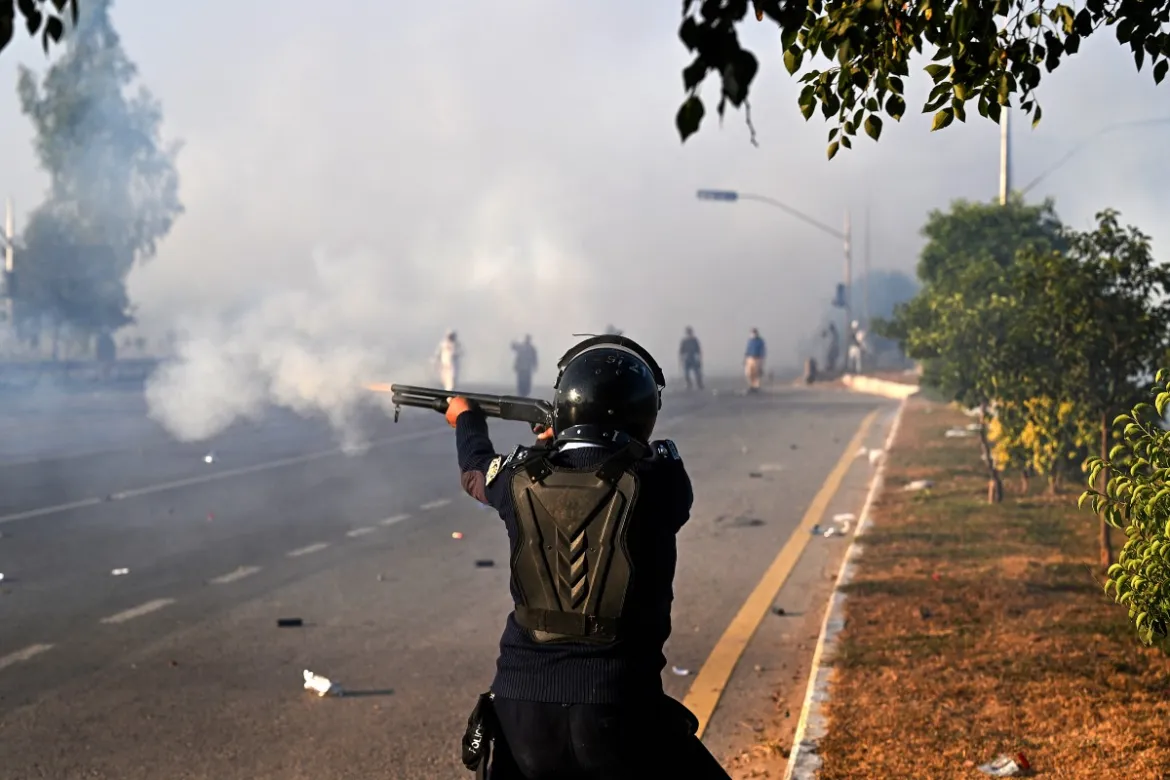The story of political upheaval often begins with corruption, greed, and betrayal. In a world where citizens sacrifice daily to make ends meet, politicians frequently enrich themselves, feeding off systems they were elected to protect. The tale of “I helped overthrow our government in just 48 hours while politicians profited” is not only a headline but a reflection of how ordinary people, when pushed to their limits, can rise against a system that has failed them.
- The Seeds of Anger: How Corruption Fuels Revolt
- The Spark: From Frustration to Action
- Mobilizing the Masses: The Role of Social Media and Networks
- The First 24 Hours: From Protest to Occupation
- The Second 24 Hours: Collapse of Power
- Why Politicians Profit While Citizens Suffer
- The Aftermath: Building From the Ashes
- Global Lessons: Why This Story Matters Everywhere
- The Power of People vs. the Greed of Politicians
- Frequently Asked Questions
- What triggered the government overthrow in just 48 hours?
- How did social media contribute to the rapid fall of the government?
- Why do politicians often profit during times of crisis?
- What happens after a government is overthrown?
- Can other nations learn from this experience?
- Conclusion
This article explores the anatomy of a rapid political overthrow, the role of corruption and public anger, the mechanics of mobilization, and the lessons nations worldwide can draw from such seismic events. It blends storytelling with analysis, offering a complete view of how citizens can reclaim their power in the face of political exploitation.
The Seeds of Anger: How Corruption Fuels Revolt
At the heart of every revolution lies discontent. In many countries, politicians live in luxury while citizens survive paycheck to paycheck. Reports from Transparency International reveal that corruption costs developing nations nearly $1 trillion annually, siphoning funds meant for healthcare, infrastructure, and education. When politicians prioritize self-enrichment, resentment builds into rage.
The personal account of helping overthrow a government within 48 hours illustrates this reality. The leaders had been lining their pockets with foreign aid and tax revenues while citizens suffered from high inflation, joblessness, and failing public services. As stories of lavish banquets and secret offshore accounts surfaced, ordinary people decided enough was enough.
The Spark: From Frustration to Action
Revolutions rarely emerge spontaneously; they are triggered by specific sparks. In this case, the spark was a government policy that blatantly favored the elite while burdening the masses. The announcement of tax exemptions for political allies and increased levies on everyday necessities acted as the final straw.
Within hours, citizens took to social media, spreading the word of protest. Digital platforms became the modern battleground, where hashtags turned into movements and movements into mass mobilization. Unlike revolutions of the past, today’s uprisings can accelerate at lightning speed. What once required months of organizing can now occur within days—or even hours—thanks to smartphones and the internet.
Mobilizing the Masses: The Role of Social Media and Networks
The rapid collapse of the government in just 48 hours was not a miracle; it was the product of careful coordination amplified by digital tools. Twitter, Facebook, and encrypted messaging apps allowed leaders of the movement to bypass state-controlled media and speak directly to millions.
According to the Pew Research Center, over 70% of young people in developing nations rely on social media for news. This reliance created fertile ground for revolutionary ideas to spread. Leaders of the protest shared real-time updates, protest locations, and safety instructions. Live-streamed videos showed the world what was happening, drawing international attention and adding pressure to the ruling elite.
Social media also neutralized one of the state’s strongest weapons: propaganda. Instead of consuming one-sided news, citizens saw the truth unfold through the eyes of their peers.
The First 24 Hours: From Protest to Occupation
The movement began with a peaceful protest outside the parliament building. Thousands gathered, demanding accountability. By the end of the first day, the crowd had swelled to hundreds of thousands, blocking streets and overwhelming police lines.
Government officials underestimated the scale of discontent. Believing the protest would fizzle out, they hesitated to use excessive force. That hesitation proved fatal to their grip on power. Protesters occupied government buildings, shutting down operations and seizing documents that revealed further corruption. These revelations fueled public outrage even more, drawing in citizens who had previously remained passive.
The Second 24 Hours: Collapse of Power
By the second day, the government was in freefall. Ministers resigned, fleeing the country with whatever wealth they could carry. Soldiers, many of whom came from the same suffering population, refused to fire on protesters. Instead, they laid down their arms or joined the demonstrators.
This loyalty shift marked the death knell of the regime. When a government loses the support of its military and police, it collapses swiftly. By the 48-hour mark, the head of state had fled, leaving behind a broken system and a populace determined to rebuild.
Why Politicians Profit While Citizens Suffer
One of the bitter truths of governance is that political elites often find ways to benefit even during collapse. As citizens risk their lives in protests, politicians leverage chaos to secure personal gain. They stash money abroad, arrange asylum deals with foreign powers, or negotiate immunity in exchange for stepping down.
Economist Jeffrey Sachs once noted that “corruption is not just a side effect of bad governance; it is the fuel that powers authoritarian regimes.” This explains why, even in moments of revolution, politicians manage to escape accountability while citizens pay the ultimate price.
The Aftermath: Building From the Ashes
Overthrowing a government in 48 hours is dramatic, but the real challenge begins afterward. Citizens must rebuild institutions, restore trust, and prevent opportunists from filling the power vacuum. History is filled with examples where revolutions led to chaos rather than stability—Libya, for instance, saw the fall of Muammar Gaddafi in 2011, only to spiral into years of civil war.
The lesson is clear: while revolutions can succeed in removing corrupt leaders, they must be followed by strong frameworks for governance, accountability, and economic reform. Without these, history risks repeating itself.
Global Lessons: Why This Story Matters Everywhere
The story of helping overthrow a government in 48 hours is not confined to one country. Around the world, citizens face similar struggles. Whether it is economic inequality in Latin America, authoritarianism in Asia, or corruption scandals in Africa, the dynamics remain the same: when people feel exploited, they rise.
Statistics show that between 2000 and 2020, more than 60 nations experienced significant protests or revolutions. While each case is unique, the underlying causes—corruption, inequality, and repression—are universal.
The Power of People vs. the Greed of Politicians
At its core, this narrative is about the eternal struggle between ordinary people and the elites who exploit them. Politicians may accumulate wealth and influence, but history proves that the collective will of citizens can topple even the most entrenched regimes.
When citizens unite, the power of the people becomes unstoppable. As one activist famously said during the Arab Spring: “We are not afraid anymore. Once fear is broken, dictators fall.”
Frequently Asked Questions
What triggered the government overthrow in just 48 hours?
The immediate trigger was a government policy that favored the elite while punishing ordinary citizens with higher costs of living. Combined with years of corruption and inequality, this policy acted as the spark that ignited mass protests.
How did social media contribute to the rapid fall of the government?
Social media allowed activists to organize, spread information, and counter government propaganda in real-time. Platforms like Twitter and Facebook became tools of mass mobilization, ensuring millions could act in unison.
Why do politicians often profit during times of crisis?
Politicians usually have access to state resources, foreign contacts, and financial networks that allow them to secure wealth and protection even when regimes collapse. Ordinary citizens, on the other hand, lack such safety nets.
What happens after a government is overthrown?
The aftermath typically involves rebuilding institutions, preventing power vacuums, and creating new governance structures. Without careful planning, revolutions can lead to instability or the rise of new forms of authoritarianism.
Can other nations learn from this experience?
Yes. The story highlights how ordinary people, empowered by digital tools and united by common struggles, can bring about rapid change. It also serves as a cautionary tale about the need for sustainable governance after revolution.
Conclusion
The story of “I helped overthrow our government in just 48 hours while politicians profited” is not just about speed—it is about the depth of frustration, the power of collective action, and the resilience of citizens in the face of corruption. While politicians enriched themselves, ordinary people risked everything to reclaim their future.
The lesson for the world is clear: no matter how entrenched corruption becomes, it cannot withstand the united force of determined citizens. Revolutions may start with anger, but their success lies in building systems that ensure justice, accountability, and dignity for all.












